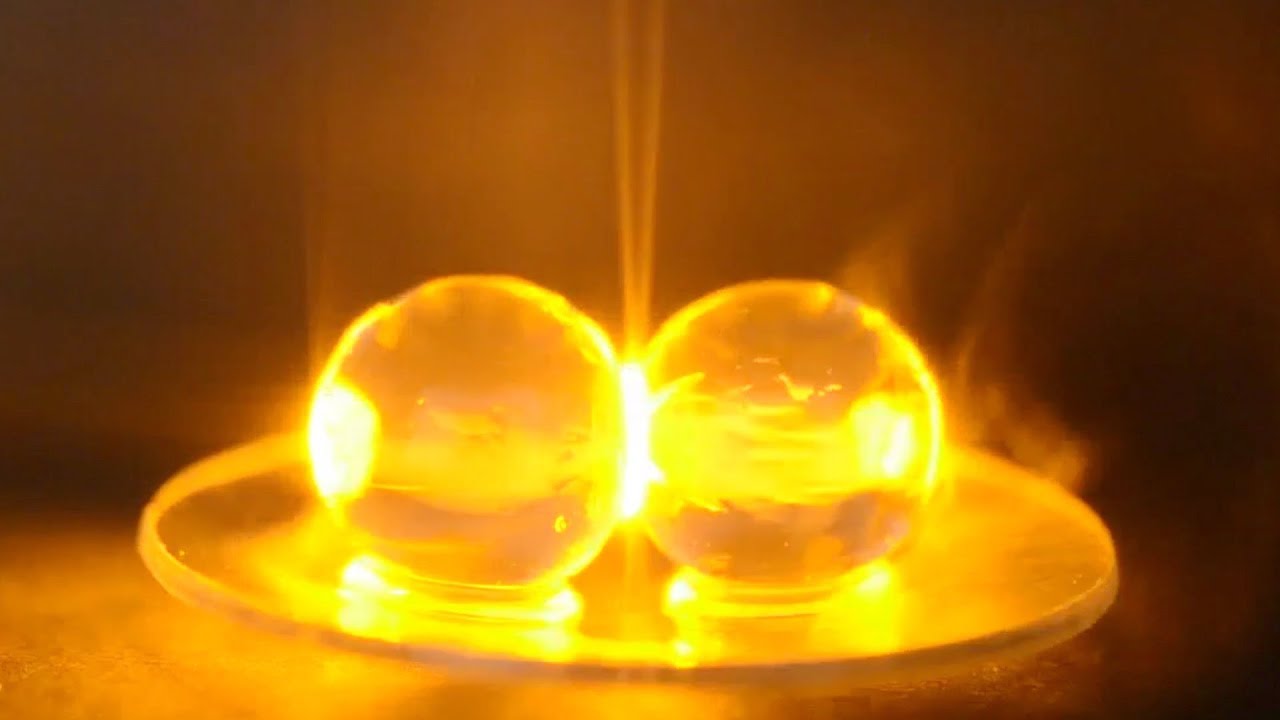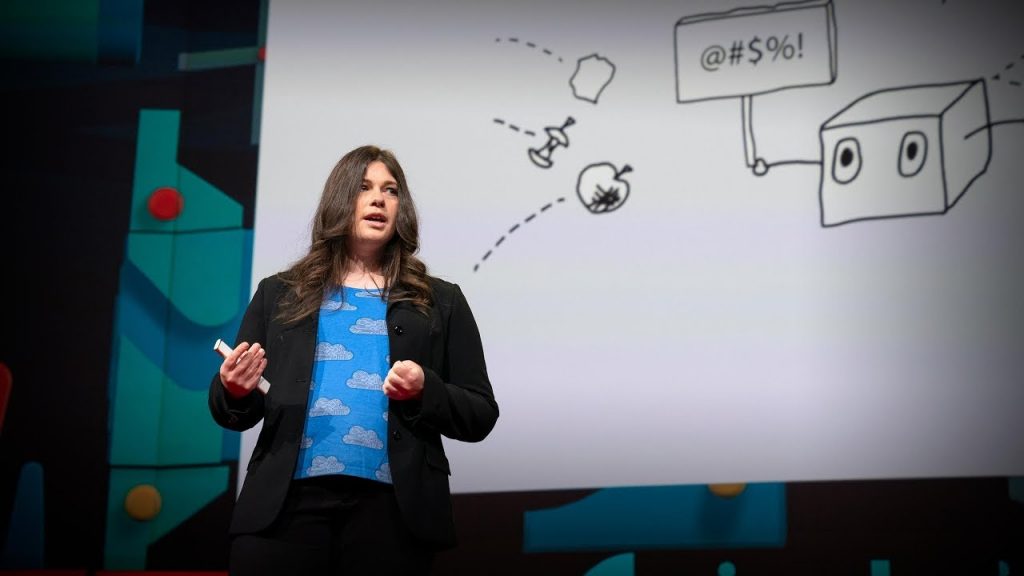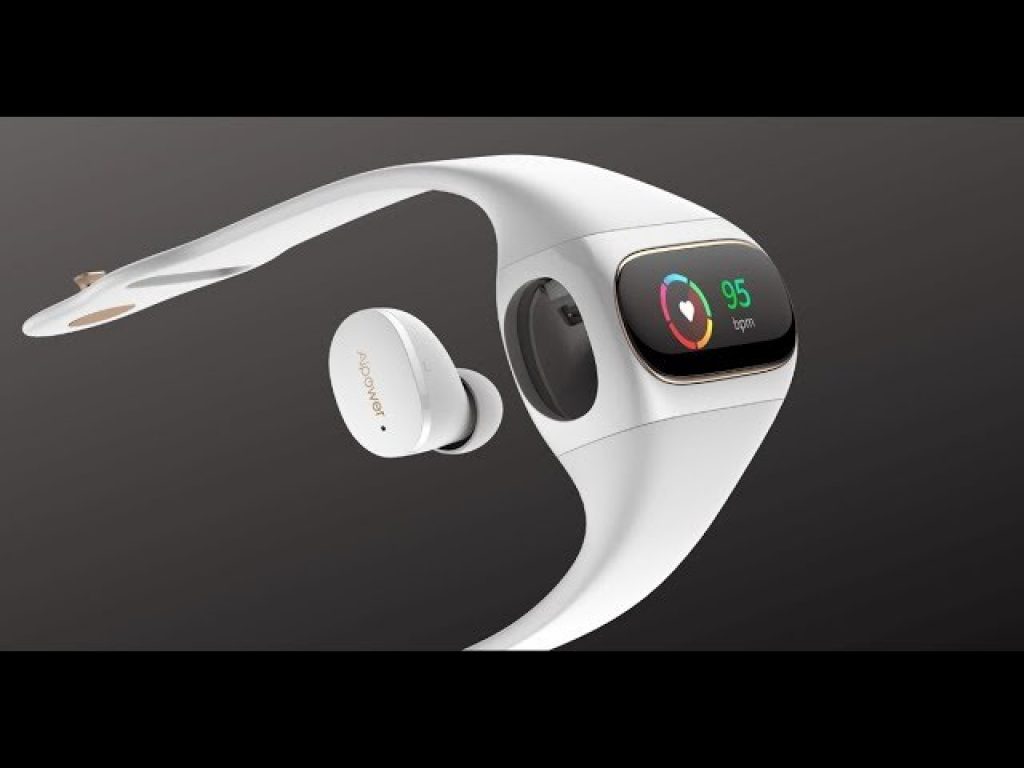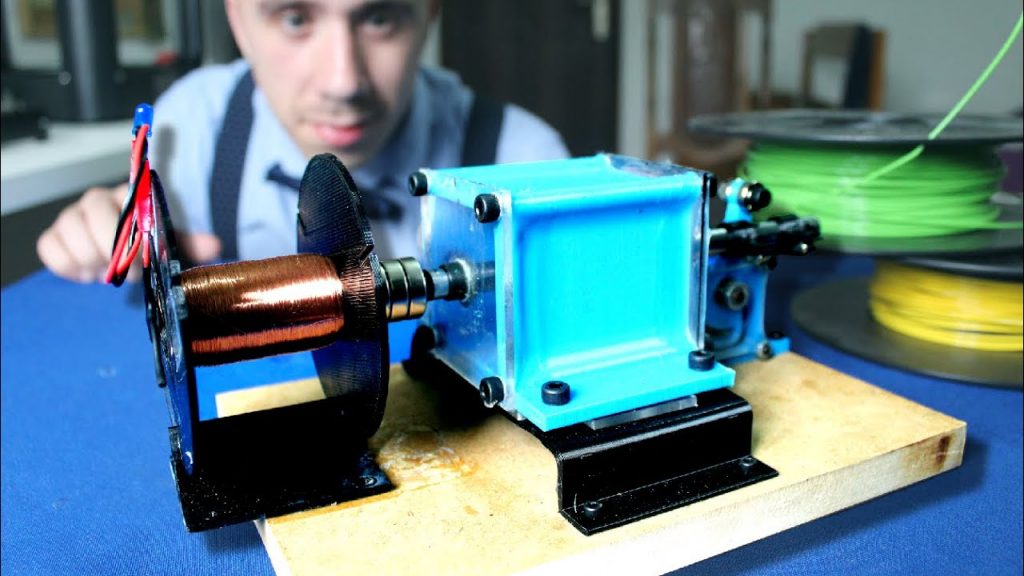How Microwaving Grapes Makes Plasma

A bisected grape in the microwave makes plasma. But how does it work?
A grape is the right size and refractive index to trap microwaves inside it. When you place two (or two halves) close together the fields interact with each other creating a maximum of electromagnetic energy where they touch. This creates heating, sparks, and plasma, which is further fed with energy directly by the microwaves.
Microwaving Grapes to Make Plasma
Microwaving is a simple and convenient way to cook food, but did you know that it can also create a unique and fascinating phenomenon known as plasma? This unexpected and intriguing result is achieved by microwaving grapes, of all things, and has caused a stir among scientists and curious researchers alike.
The Science Behind Microwaving Grapes
Microwaving grapes involves cutting them in half, leaving a small section of skin connecting the two halves together at one end. When microwaved, the grape halves interact with each other in a way that creates plasma, a high-energy state of matter that is not quite a gas, liquid, or solid.
This reaction is due to the grape’s shape and size, which allow it to absorb the microwaves in a specific manner. The grape halves act as tiny antennas, receiving and reflecting the microwaves in a way that concentrates the energy at the point where their skins meet. This causes ionization, or the removal or addition of electrons from atoms, leading to the creation of plasma.
The plasma created by microwaving grapes is easily visible and stunning to observe. It appears as a glowing, bluish light that emanates from the point where the grape halves meet. It also produces a small popping sound as the plasma expands and contracts, resulting in a mini light show inside the microwave.
Applications of Microwaving Grapes
The discovery of plasma creation by microwaving grapes has piqued the interest of scientists and researchers in various fields, including physics, engineering, and chemistry. Some have even used the grape plasma to demonstrate and study physical principles such as wave propagation and electromagnetic radiation.
This phenomenon could also have practical applications in fields such as medicine and aerospace. For example, plasma could be used in medical procedures such as cancer treatment or wound healing, or for the propulsion of spacecrafts through the use of plasma thrusters.
Conclusion
Microwaving grapes to create plasma is a fascinating and unexpected result that has captured the attention of many in the scientific community. This phenomenon showcases the ability to explore and discover new concepts in seemingly ordinary places, such as the kitchen. Through continued research and experimentation, we may one day uncover even more interesting and useful ways to create and utilize plasma.









Sustainable energy: New energy innovations to make the future brighter – Compilation
Driving my car around is… weird || TRUCKLA UPDATE + CYBERTRUCK
What we learned from building a medical technology startup | Fouad Al-Noor | TEDxTUBerlin
10 Mastermind Hackers That Outplayed Everyone (even NASA)
Tesla Autopilot Drives Straight Towards Concrete Barrier on Highway